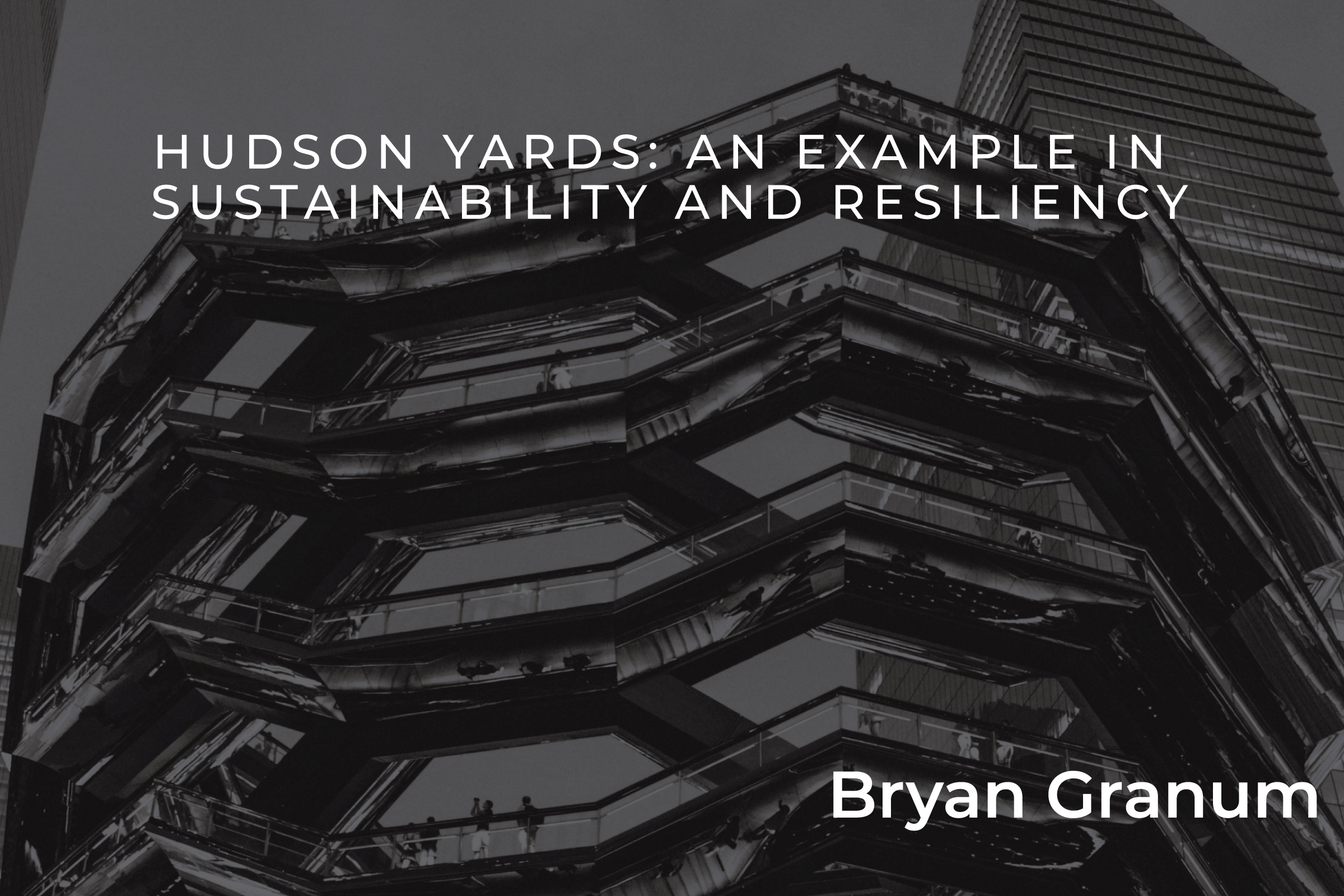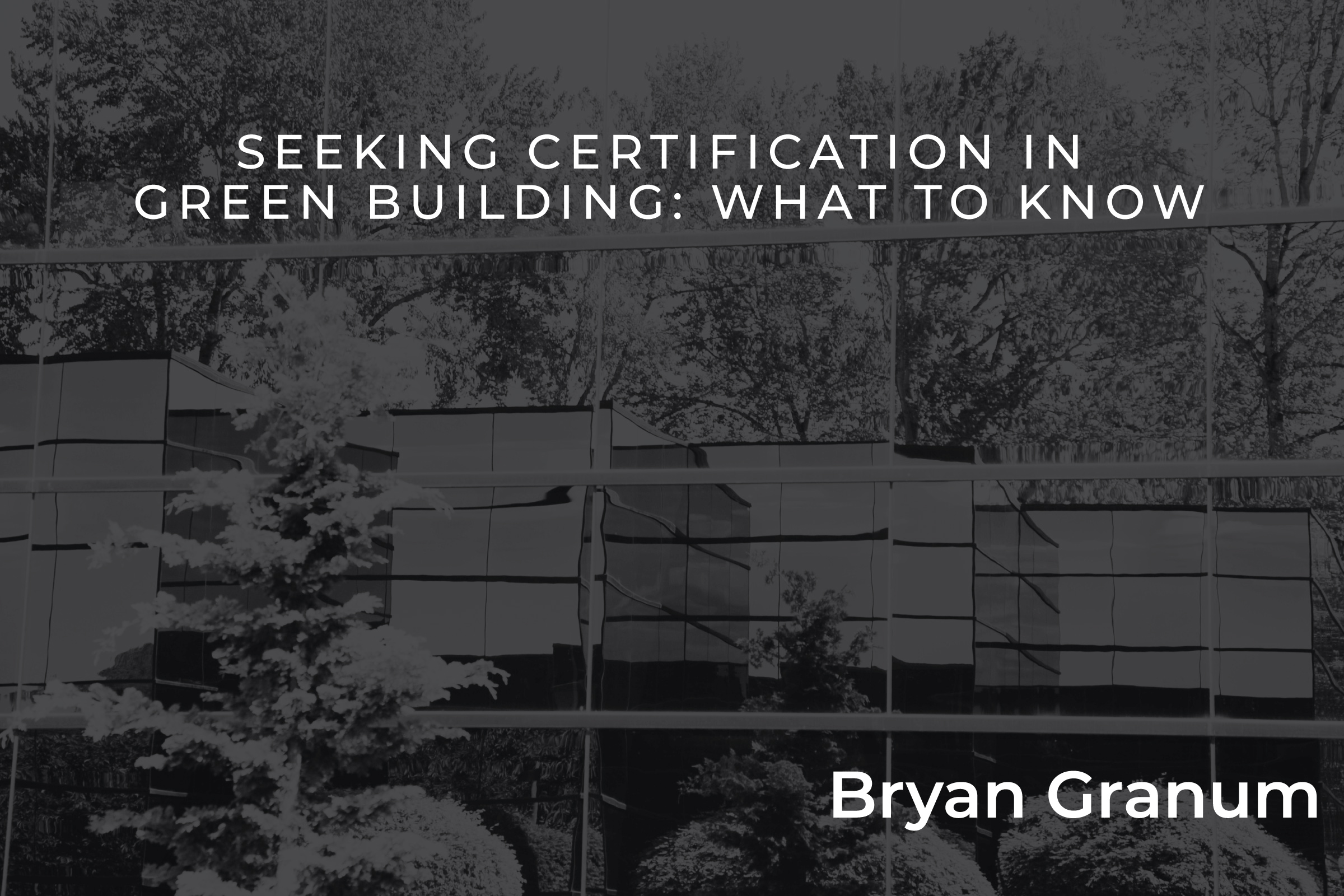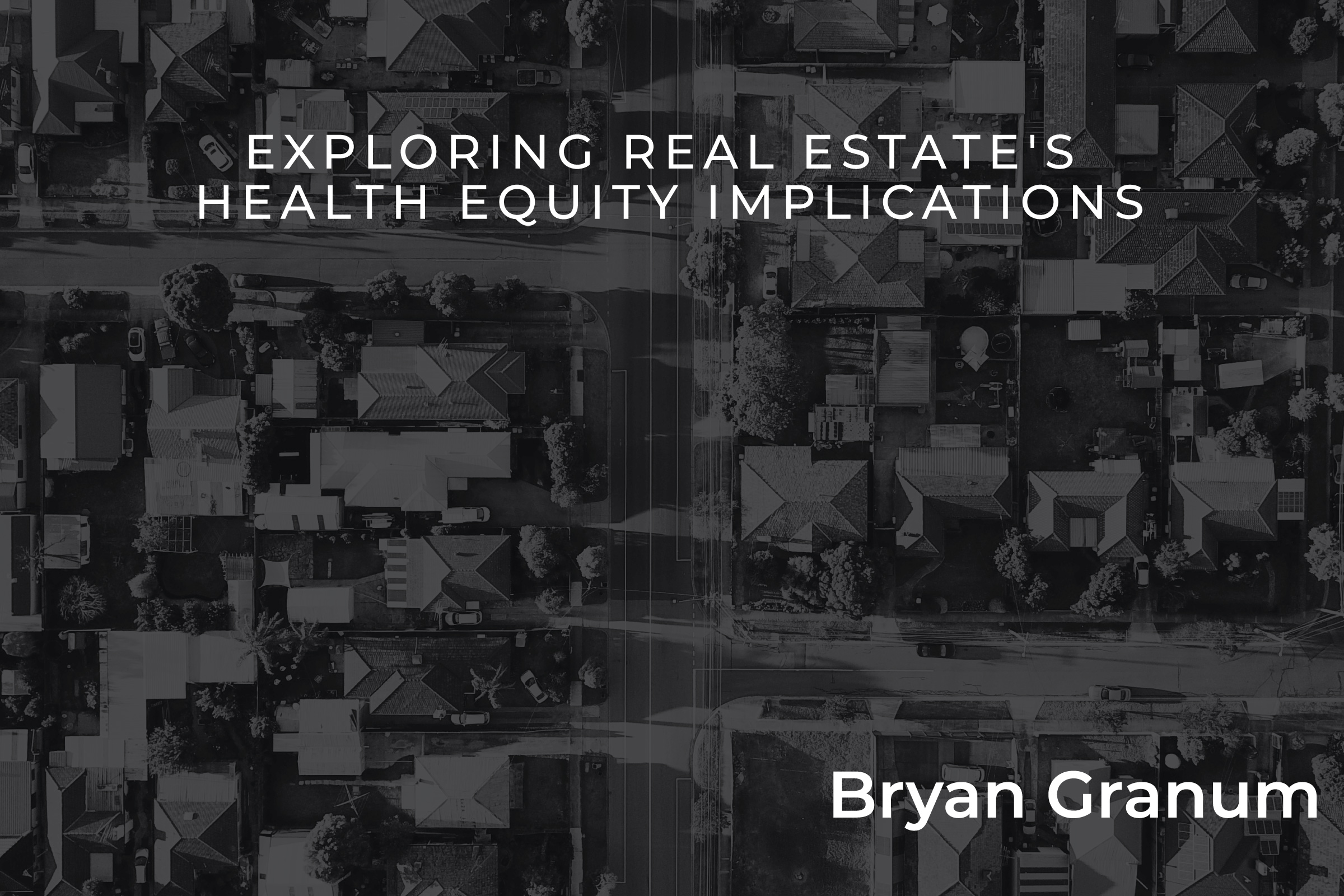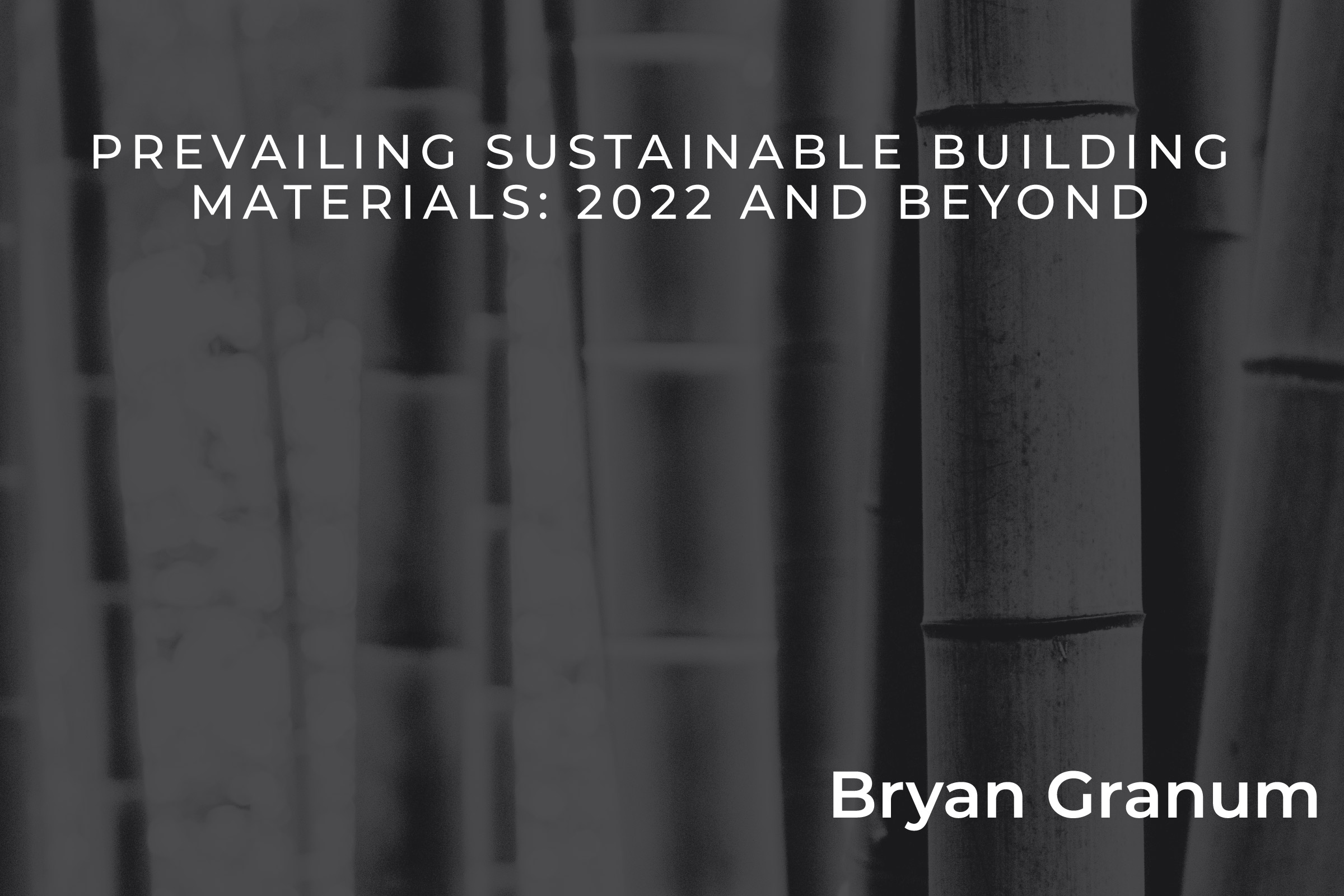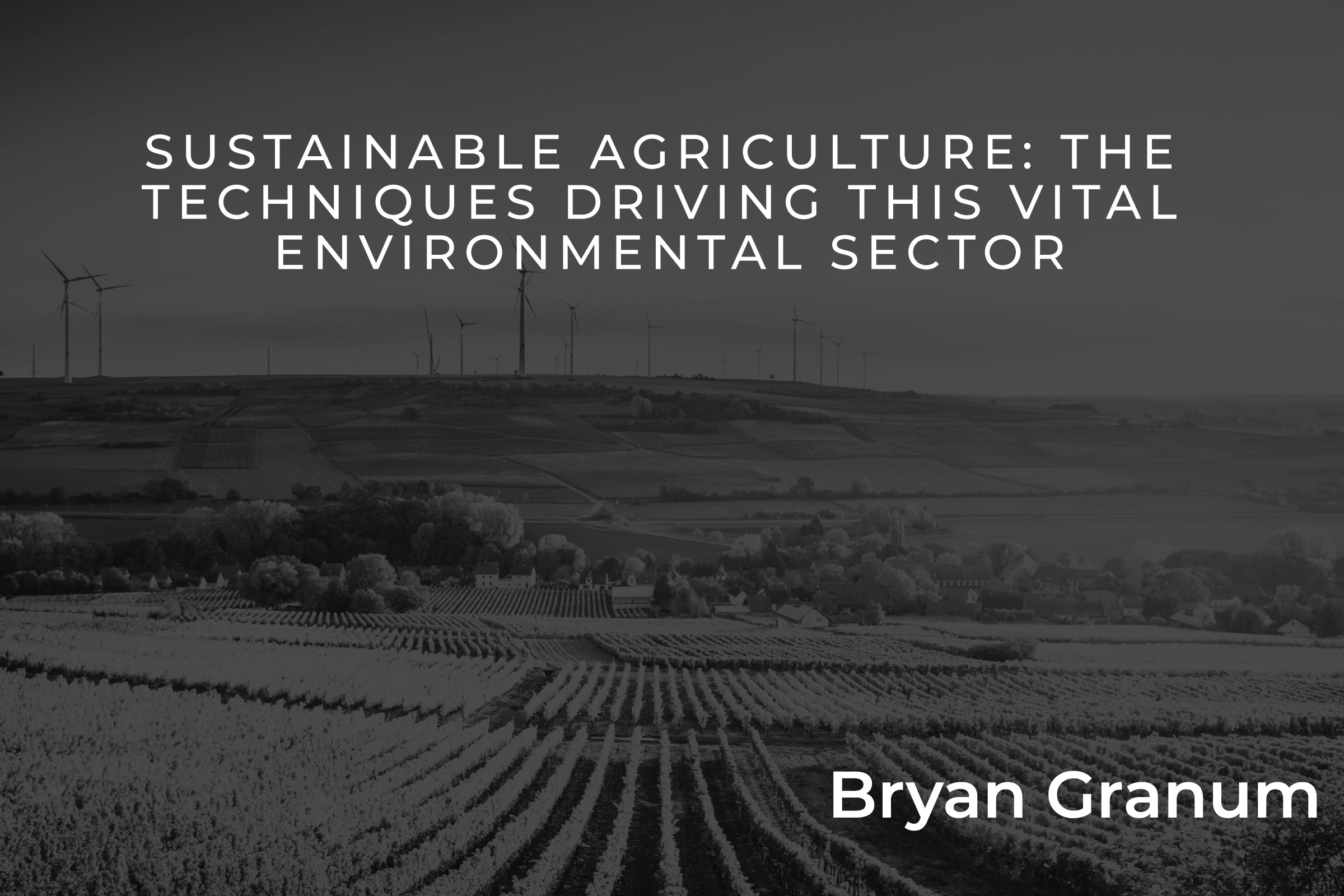Hudson Yards is a magnificent feat. You would know this if you’ve read about its development and innovative features, but its spectacularity is even more impressive in person.
It’s impossible to miss; its high rises have transformed Manhattan’s West side. One of the largest private real estate development projects in the United States, Hudson Yards features 18 million-square-feet of residential and commercial spaces, consisting of over 4,000 residences and more than 100 retail shops.
While extraordinary, it isn’t its size that makes Hudson Yards so special, or its condominiums and rentals, or the expansive number of shops and restaurants that people flock to. Instead, what makes Hudson Yards so innovative is how it merges technology, resiliency, and sustainability. Green buildings have become so important in larger cities, where traditional buildings can account for around 40 percent of total energy use and carbon dioxide emissions.
Real estate developers have a duty to design infrastructure that’s both environmentally friendly and resilient. This not only ensures the longevity of their developments, but socially-responsible buildings and cities also enhance the lives of the community. This is what the future of real estate development should look like, and that is exactly what Hudson Yards has accomplished. Below is why Hudson Yards has been an example in both sustainability and resiliency.
An End to Garbage Trucks
Presently, NYC’s Department of Sanitation collects 12,000 tons of garbage every day and transports that trash to landfills that can be as far as 650 miles away. However, 9% of this trash is actually recyclable materials, like electronics and plastic bags, which should be recycled and not sent to a landfill. Hudson Yards is reimagining waste collection to help combat this issue.
Part of their development includes special vacuum-tube trash disposals that are built into every residential building. Each property has three chutes — one for trash, one for recyclables, and one for organic waste. These vacuum systems move the waste through 1.5 miles of underground tubing at around 45 mph. During its travel, all of the trash is dehydrated and ground up. These high-speed chutes eliminate the need for garbage trucks.
Rainwater Harvesting
In an attempt to minimize further burden on NYC’s sewer system, Hudson Yards has been set up to collect stormwater from rooftops and public areas — 10 million gallons to be exact. This water will be filtered and then reused in their irrigation systems and to replenish their cooling towers.
Power That’s Always On
Part of such a tech-forward city is implementing security measures in the event of a disaster, like loss of power to NYC’s electrical grid. Hudson Yards offers a first-of-its-kind microgrid, which boasts natural gas-fired cogeneration (or “cogen”) plants, which generate electricity and reusable heat at the same time. These large engines produce electricity, and the additional heat they give off is then recaptured and used by Con Edison’s utility grid to heat and cool the buildings on campus. Hudson Yards’ 13.2 MW cogen plant, its 1.2 MW of gas-fired micro turbines, and its 15 MW eco-friendly diesel generations located on its campus all work together to ensure that no one in the neighborhood will be impacted by a disturbance that could cause another blackout.
Connectivity
Real estate developments are often tasked with the challenge of systems integration, but because Hudson Yards built an entire multistructure neighborhood from the ground up, they were able to build a cohesive network on a single-software platform. This single-software platform is functional thanks to a unified fiber-optic network that runs around the entire campus and up buildings.
Every real estate development project is intentional, but Hudson Yards is taking comfort, entertainment, technology, sustainability, and resiliency to the next level. It’s no wonder Hudson Yards was designated as Manhattan’s first LEED Gold neighborhood, which honors the development’s leadership and achievement in sustainability efforts. It’s an award that is rightly deserved.
Jay Cross, president of Related Hudson Yards, sums up its development the best: “Our success in luring tenants strongly suggests that resilient and sustainable development is both good for society and good business. Indeed, we believe that the development community in general must stop thinking about raising one building at a time and start thinking about how to create blocks, neighborhoods, and cities that can withstand the tests of resiliency that are sure to come.” I could not believe in this sentiment more, and this is the sort of thinking that drives the entire mission of Beam & Co.
